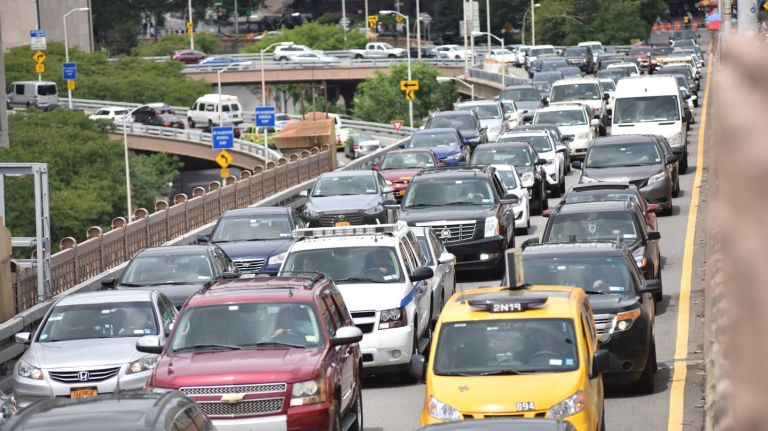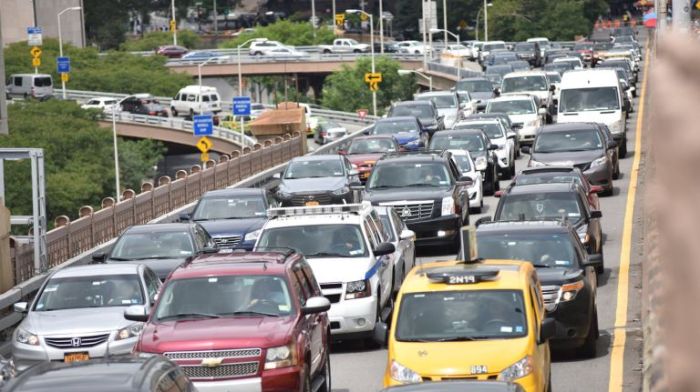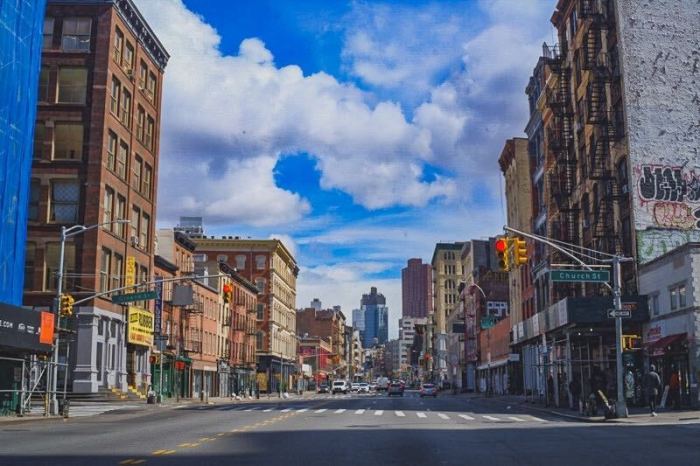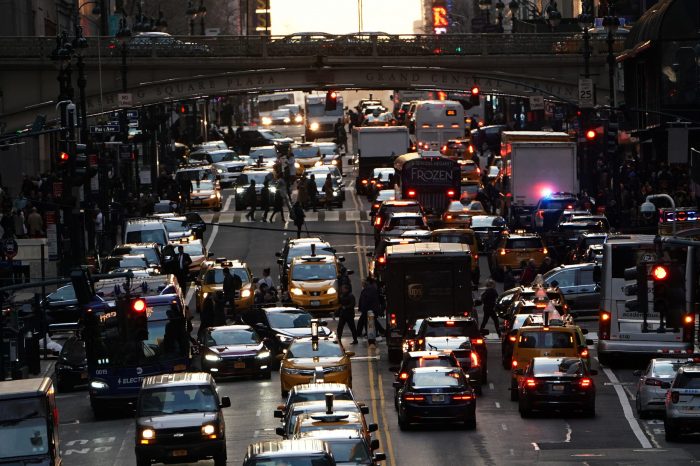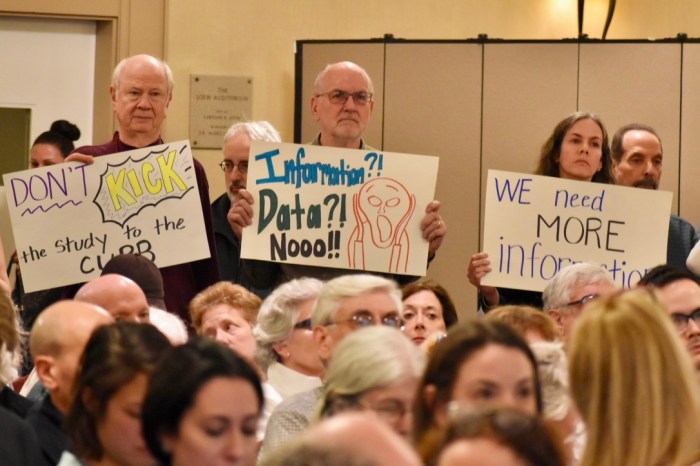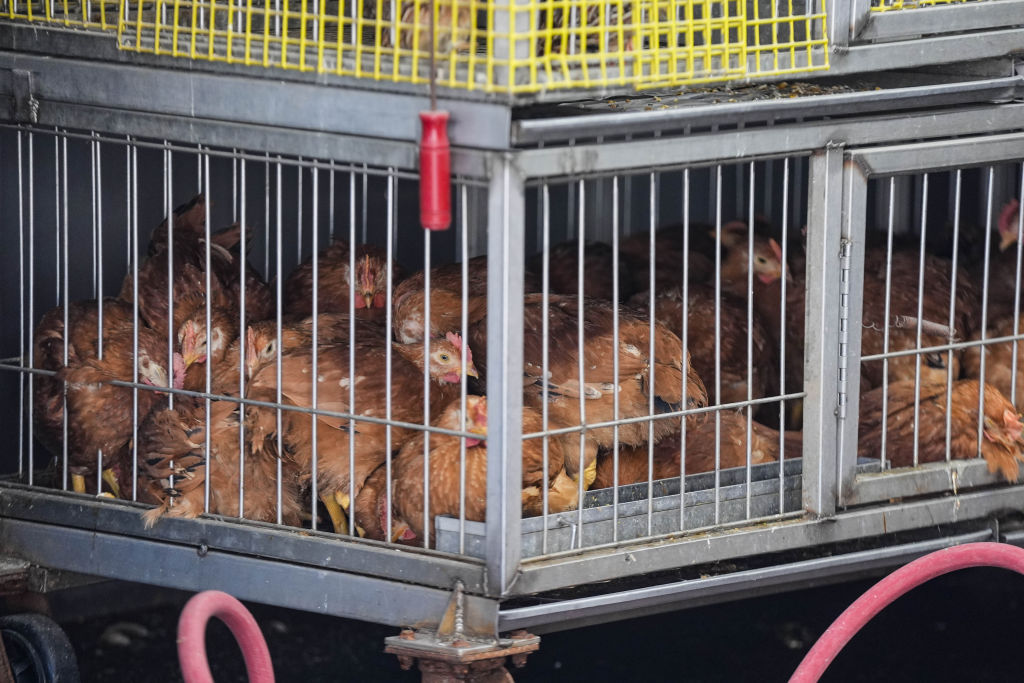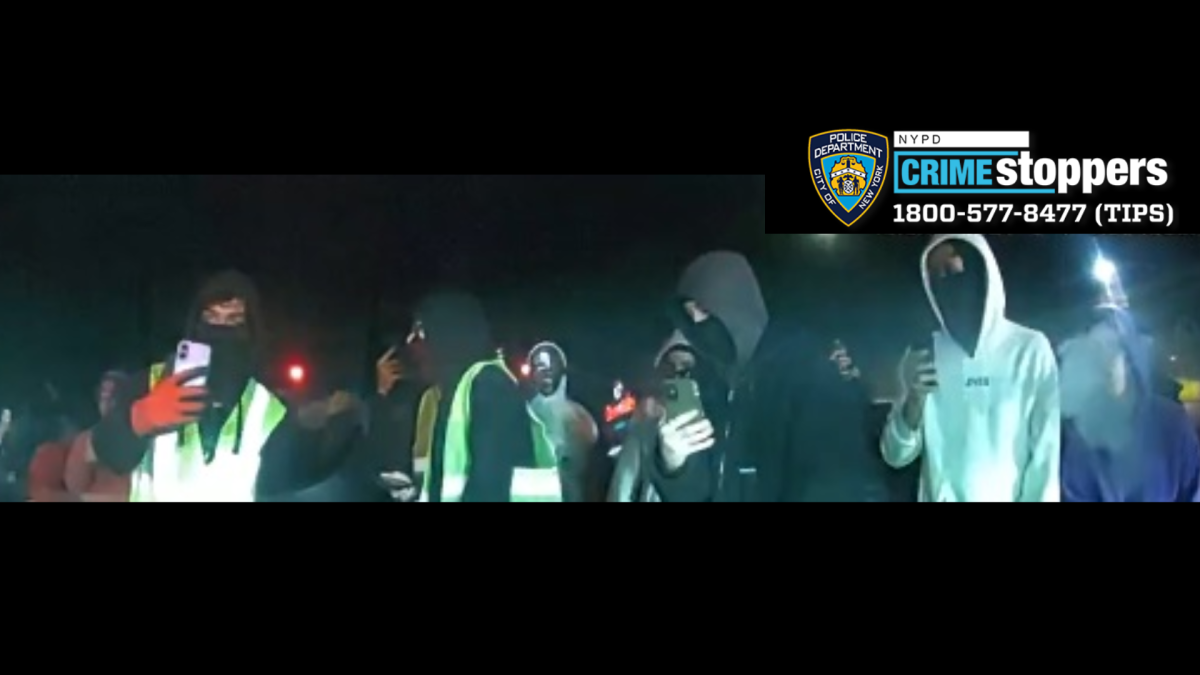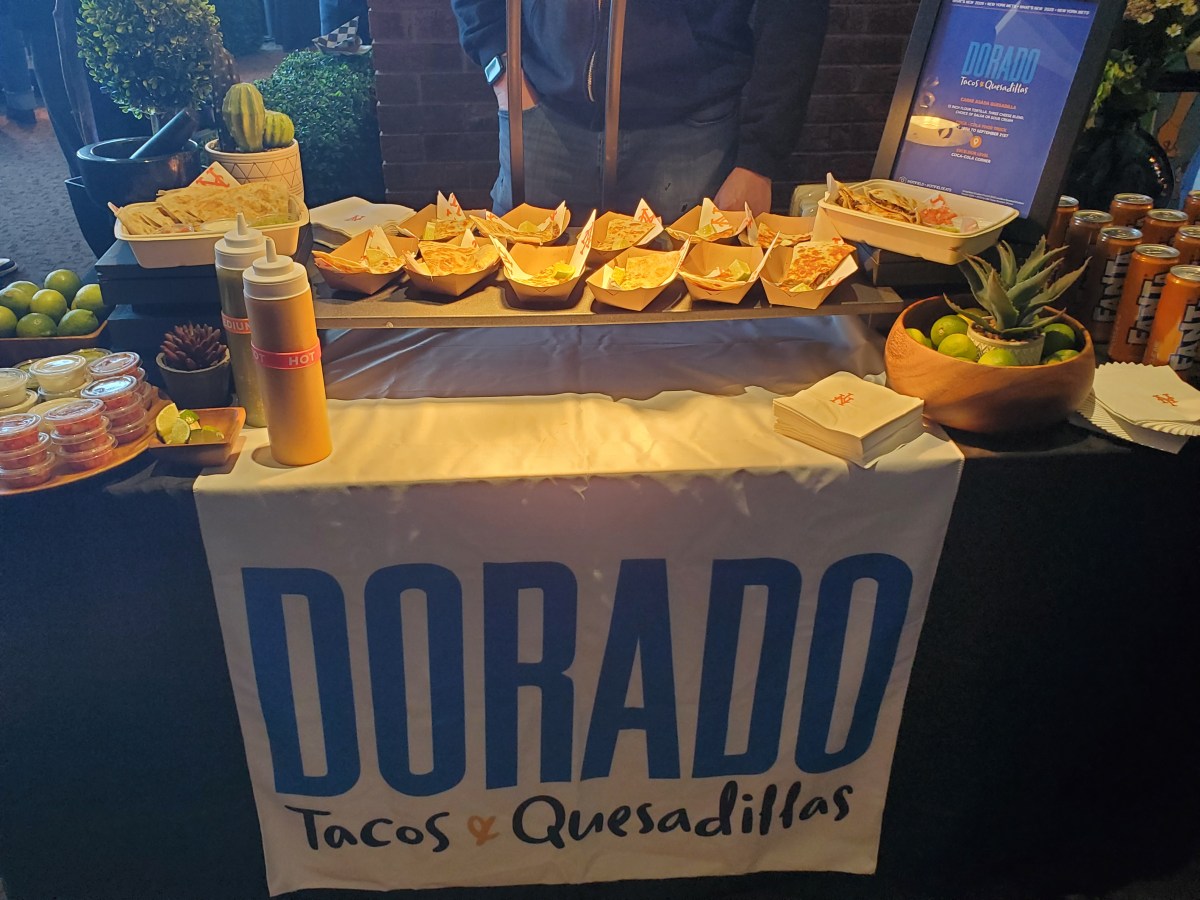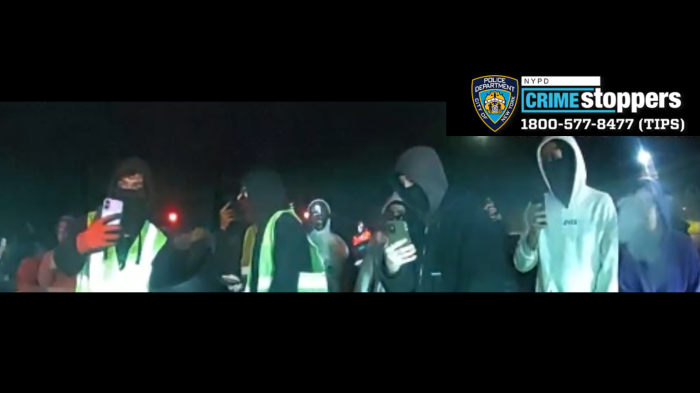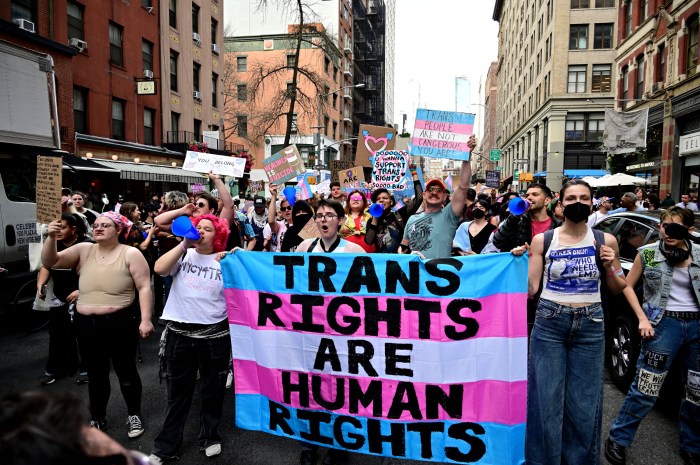Almost half of New Yorkers would drive into Manhattan less and nearly two-thirds would switch to mass transit if officials implement a new charge to get into the borough by car, according to a new poll.
Some 42% of New Yorkers said they would get behind the wheel less and 64% would switch over to subways and buses should the government start tolling motorists, respondents said in a joint survey by NY1/Siena College Poll released Tuesday.
The MTA plans to institute exactly such a toll to drive into Manhattan’s business district below 61st Street through its years-in-the-works Central Business District Tolling Program — also known as congestion pricing — and one transit advocate said the poll data shows the scheme would have the desired effect of getting people out of polluting cars and into mass transit.
“That is the goal,” said Lisa Daglian, executive director of the Permanent Citizens Advisory Council to the MTA, an in-house rider representative group.
“There are two goals of congestion pricing: to decrease driving and to increase funding for mass transit, and if that’s the outcome of congestion pricing, and these numbers are reflective of the real outcomes, then congestion pricing will be doing its job,” Daglian added.
“When it starts hitting people in their wallet, then we’ll probably see those numbers increase,” she said.
The Metropolitan Transportation Authority expects to generate around $1 billion in new annual revenue from the toll, and borrow $15 billion against that income stream to fund its five-year capital plan.
The agency plans to launch the toll some time next year, but has been going through a lengthy list of technical questions from the federal government, which has delayed progress.
The majority of New Yorkers, or 52%, don’t own a car, and more funding for mass transit would be a boon for blue-collar residents, since high earners were more likely to have a vehicle than their middle- and lower-income counterparts.
Two-thirds of people (66%) earning above $100,000 a year said they have a car, versus 52% of those making between $50,000–$100,000, and just 26% of New Yorkers with salaries below $50,000.
The new data is based on a survey conducted between May 22–June 1 and pollsters contacted 1,000 New York City residents.
The responses reveal more information about people returning to public transit and to in-person work.
The majority of those polled, or 51%, said they hadn’t ridden the subway at all in the past week, while 19% took the train between one and three times, and 28% took it more than three times.
According to recent counts by the MTA, subway ridership on weekdays has remained mostly below 60% of pre-pandemic levels, with days in the middle of the workweek usually seeing higher returns than on Monday and Fridays.
Meanwhile, car traffic on MTA’s bridges and tunnels has roared back to —and sometimes even above — 2019 levels.
When asked how many days New Yorkers would like to work from home out of five days, almost a third (32%) said every day, while 19% said three days and 16% said two, according to the poll.
Even though New Yorkers like to complain about the rough shape of mass transit in the Big Apple, 69% of respondents said they were either very satisfied or somewhat satisfied with the quality of public transportation.
Adding metal detectors to subway entrances polled well with 63% in support, versus 34% against, and 85% wanted more NYPD cops on trains while 14% were opposed to such a move.



